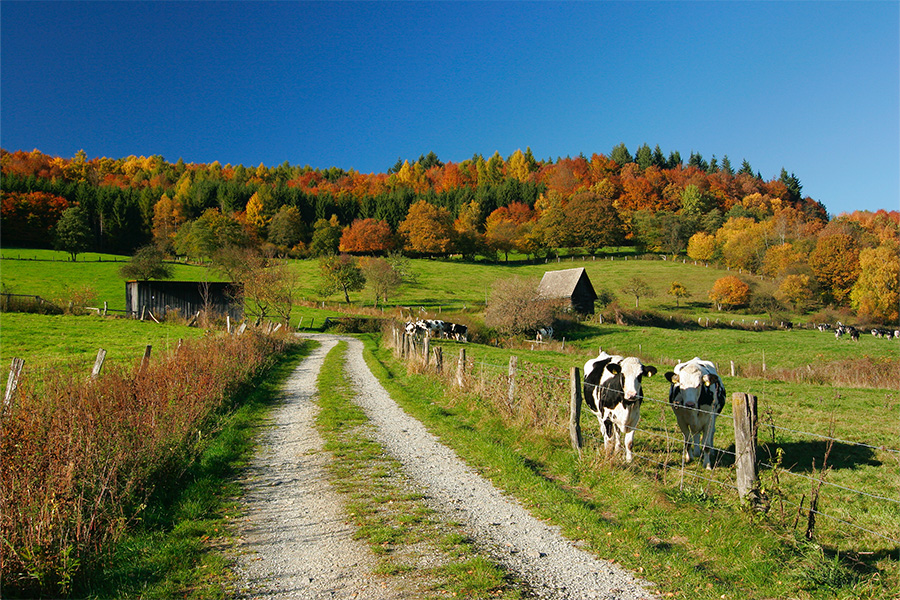Field Crops, Forage and Turfgrass Production
-

AP 101-9
Georgia 2017 Corn Performance Tests
In this research report, the results of the 2017 corn performance trials are presented. Short-season and mid-season hybrids were planted at Tifton, Plains, and Midville in the Coastal Plain region, at Griffin in the Piedmont region, at Calhoun in the Limestone Valley region, and at Blairsville in the Mountain region. Hybrids used for silage were evaluated at Tifton, Griffin, Calhoun, and Blairsville.
Daniel J Mailhot
|
-

Hophornbeam copperleaf has become an increasing problem in agricultural fields throughout Georgia. It can occur at densities that have the potential to reduce yields and influence harvest efficiency. Hophornbeam copperleaf is also known as three-seeded mercury.
Eric P. Prostko
|
-

This report includes results of the 2016-2017 performance tests of small grains used for grain and forage. Grain evaluation studies were conducted in five locations in Georgia, including Tifton, Plains, and Midville in the Coastal Plain region; Athens in the Piedmont region; and Calhoun in the Limestone Valley region. Small grain forage evaluation tests were conducted at five locations in Georgia and Florida, including Tifton and Plains in the Coastal Plain region, Athens in the Piedmont region, Calhoun in the Limestone Valley region, and at Marianna, Florida.
Daniel J Mailhot
|
-

Georgia ranks in the nation’s top 10 in cowpea (southern pea, Vigna unguiculata) production, with estimates of more than 4,900 acres grown in approximately 49 of 159 counties in the state in the 2014 production season. Colquitt County, located in southwest Georgia, leads the state in production with 1,900 acres. This cowpea crop profile is the first in the Southeast United States and will support cowpea growers, pest manager, and state research and Extension grant proposal applications.
Ronald D. Gitaitis, Timothy Lane Grey, David G Riley, Esendugue Greg Fonsah, Alton N Sparks, Timothy Coolong, Jason Schmidt, Bhabesh Dutta, and Michael D Toews
|
-

Poultry litter is widely used on pastures and hayfields in Georgia. There are many benefits when it is used wisely. Producers should use nutrient management planning and recommended rates to ensure poultry litter is used in ways that maximize its benefits without harming the environment.
Julia W. Gaskin and Glendon H. Harris
|
-

This horticulture publication is about the commercial production of southern peas.
Darbie M. Granberry and Timothy Coolong
|
-

Grasscycling is the natural recycling of grass clippings by leaving them on the lawn after mowing. Grasscycling saves time, effort and, when done properly, is good for the environment and health of the grass. This publication describes the process of grasscycling, a practical and environmentally responsible way of recycling grass clippings in the landscape.
Clint Waltz and Becky Griffin
|
-

The objective of this handbook is to provide rapid and extensive transfer of modern management technologies for small grain production. The intended audience includes Extension agents, industry personnel and dedicated producers.
G. David Buntin
|
-

The field is a complex environment with many factors that can interact to influence the growth of a corn plant. These factors can be living in the form of insects, diseases, nematodes and weeds; or, they can be non-living such as weather, nutrients or chemicals. In the proper combination of factors, corn can produce more than 200 bushels per acre in the Southeast; or in a totally unfavorable combination, every corn plant can die. When a problem is identified, it is important to determine the extent and severity of the problem to decide whether corrective measures are necessary or available. Use this guide and other technical information before implementing any management decision. Contributing authors to the original manuscript include: University of Georgia: Dewey Lee, former Extension Agronomist; Eric Prostko, Extension Weed Scientist; Steve Brown, former Extension Entomologist; Randy Hudson, former Extension Entomologist; and Bob Kemerait, Extension Plant Pathologist; University of Florida: Greg McDonald, Weed Scientist; Mississippi State University: Richard Baird, Plant Pathologist; Auburn University: Paul Mask, Extension Agronomist, and Kathy Flanders, Extension Entomologist.
G. David Buntin, Eric P. Prostko, and Robert C Kemerait Jr
|